SciBridge Participates in the 11th Annual African Materials Research Society (AMRS) Conference2/27/2023 ConferenceSciBridge members Teddy Dano, Nicolas Muecke, Rachel Broughton, Saeed Saeed, and Allison Ebbert traveled to Dakar, Senegal in December 2022 to attend the 11th annual African Materials Research Society (AMRS) Conference. They had the pleasure of giving an invited talk about SciBridge in the Education and Networking in Materials Science & Engineering Symposium. Some members also had the opportunity to present their own research under the Materials for Energy Symposium. The conference was held at Université Cheikh Anta Diop, Dakar, Senegal on December 12th to 15th, 2023, featuring over 500 participants from around the world. The mission of AMRS is to encourage collaborations, relationships, and knowledge growth in the fields of materials science and technology. The themes of AMRS 2022 centered on the needs of the global research community, including energy and health, as well as the needs specific to the African community. New CollaborationsOne of the most enjoyable parts of AMRS is meeting new students and faculty from all over the world, and learning about their research. Over the week, we had the opportunity to eat meals and share laughs with fellow students, many of whom came from African countries. It was eye opening to hear the research motivations from groups across the globe - we noticed that much of their work focused on directly addressing issues in their communities using locally-sourced materials. This was particularly beneficial for SciBridge to learn about. As a group, SciBridge also got the opportunity to share our background, motivation, and future plans with faculty and students. Through AMRS, we were able to connect with potential collaborators that we otherwise would not have met. Attending this conference has allowed us to gain more insight into the research interests of African students studying Materials Science, form deeper connections with these students, and expand our circle of impact to countries outside of East Africa. Dakar SenegalDakar is the city where the conference was held. It is the capital of Senegal and home to a bustling city. Dakar is on a peninsula and that happens to be the most western point of the African continent. There are around 1 million residents in Dakar, even though the peninsula is only about 30 square miles, so it is very densely populated. Here are some fun facts about Dakar! It is home to Africa’s tallest statue, the African Renaissance Monument, which is 52 meters tall. We were able to visit it on the last day of our trip and have a section about it below. The people of Senegal speak a lot of languages, although their official language is French due to former colonization. Most people speak at least 3 languages including Wolof, the most widely used language, English, French, and 36 other local languages. Senegal was formerly occupied by France in the mid-17th century and was granted independence in 1960. It became the current state it is today in 1989. Senegal has had 4 presidents since becoming independent and is one of the only African nations to not have a coup after independence. Senegal is widely known for their political stability and peacefulness in the region. Delicious FoodWe were lucky to be able to try lots of different Senegalese food. Each morning we had a continental breakfast from the hotel which included croissants, meats, warm vegetable dishes and some local fruit juice. Ditakh, Bouye, and Bissap were some of our favorite juices. Ditakh tasted a lot like green bananas. Bouye is from the national tree, the Baobab. The flavor is not like anything we can get in the States, but it was sweet and creamy. Bissap is a sweetened hibiscus drink. One of our favorite dishes was Yassa poulet which is a very popular dish in Senegal. It is chicken or lamb simmered in citrus juice and served with caramelized onions on top of rice. Going to the MarketWe went to many markets while in Senegal. Walking along Dakar, we saw many vendors selling all kinds of things, from fruits and vegetables, to clothes and jewelry, and even handmade pieces of art. There are many things we learned while visiting different markets, one of which was haggling. Haggling for lower prices was an important aspect of our shopping adventures. As tourists who weren’t familiar with the cost of local goods, we had to approach vendors with a cool, yet confident demeanor that expressed curiosity without enthusiasm, otherwise we would easily end up overpaying. Unfortunately, this still happened, but it was a fantastic experience and we brought back plenty of art, sculptures, clothes, and more. Bandia ReservesOn the first day of our week in Senegal, we went to the Bandia Reserves. The reserves were about 40 miles from Dakar and had about 3,500 hectares of land. We rented an outfitted truck and were taken through the reserves which were filled with huge Baobab trees, Acacia trees, and local fauna. Although we were able to see rhinos, giraffes, zebras, monkeys, and ostriches, they are not local to this region. They serve as an attraction but are protected in the reserves from poachers and are allowed to roam freely. We also saw a huge Baobab tree that was over 1,000 years old with human remains inside. The remains inside were from a griot which is a traditional story teller or singer. They were very well regarded and being buried inside a baobab tree is seen as an honor, and symbolically shows to not bury their history. Gorée IslandOne of our excursions featured a visit to Gorée Island, a quick 20-minute ferry ride off the coast of Dakar. Gorée Island provided an impressive window into the history of Senegal. It’s known for being a major part of the Atlantic slave trade during the 16th and 19th century; the House of Slaves (a slave-holding warehouse on the island) is now a museum that displays the tragic living conditions of the millions of West Africans held against their will. The IFAN Historical Museum also holds an amazing collection of records that illustrate the history of Senegal, from 5th century artifacts to exhibits that show the country gained its independence. The African Renaissance MonumentBeing one of the most popular tourist destinations in Senegal, we had to visit the African Renaissance Monument. The size of the statue was incredible. Inside the monument there were three floors of African art exhibits from different African countries. To get to the top of the monument, we had to take an elevator that could only fit 4 people at a time; the view from the head of the statue was breathtaking for all of us.
0 Comments
Leave a Reply. |
Archives
February 2023
|

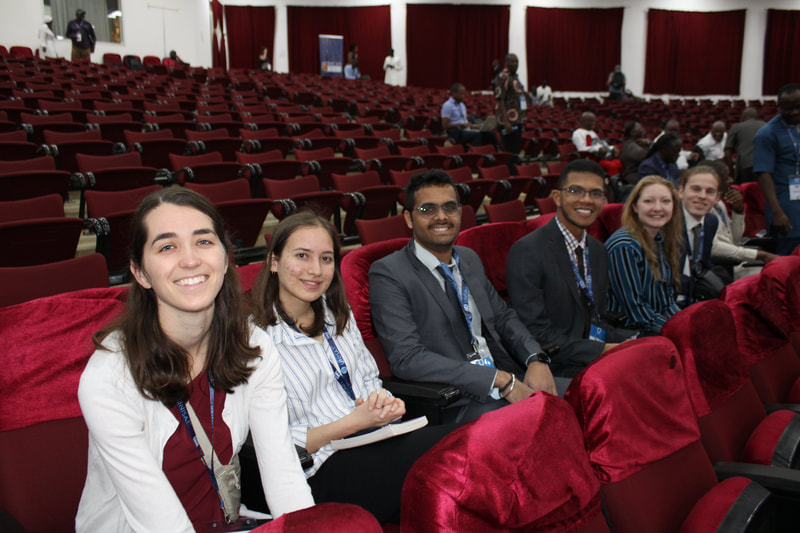
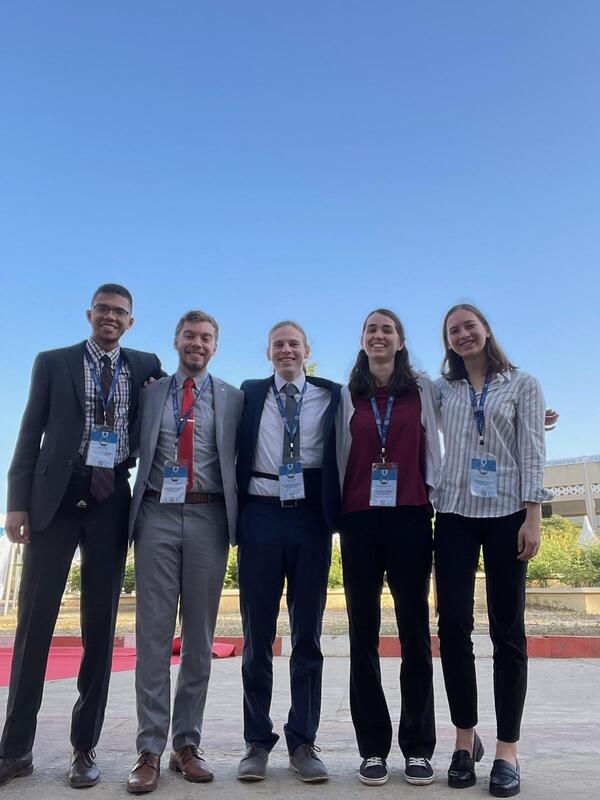
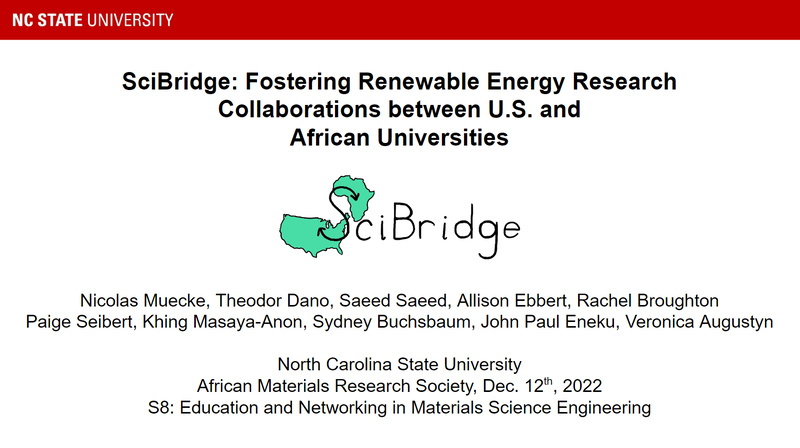
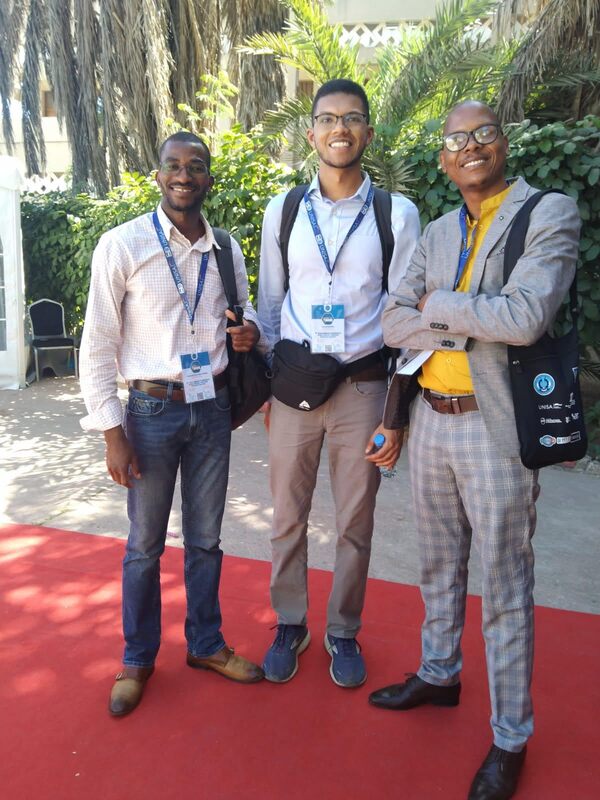
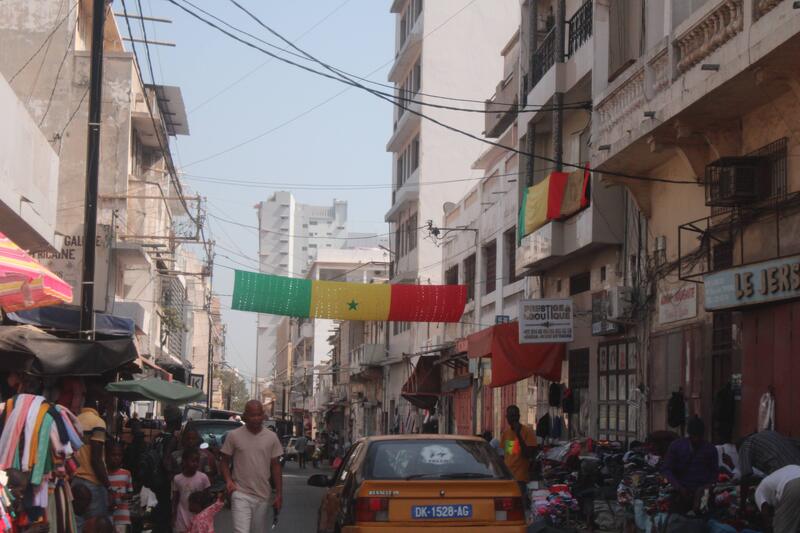
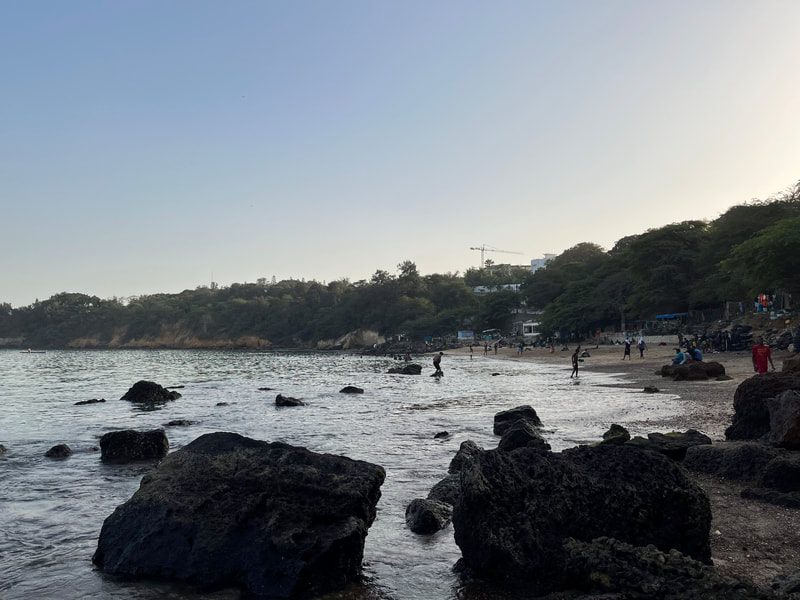
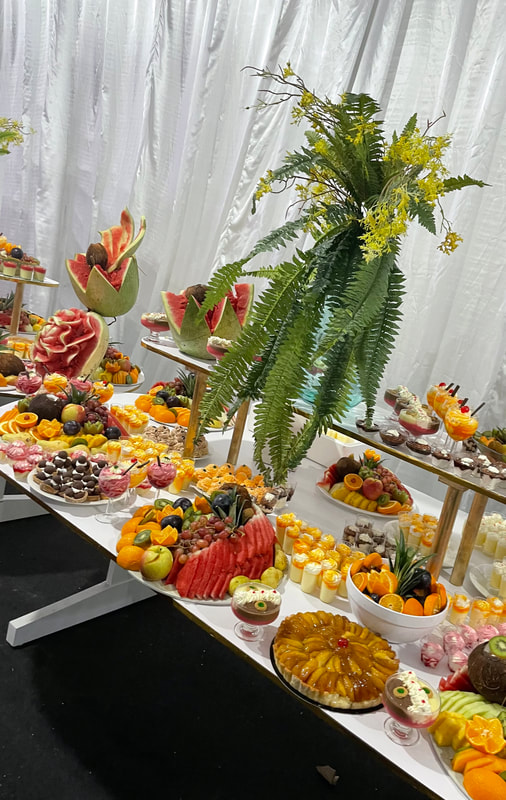
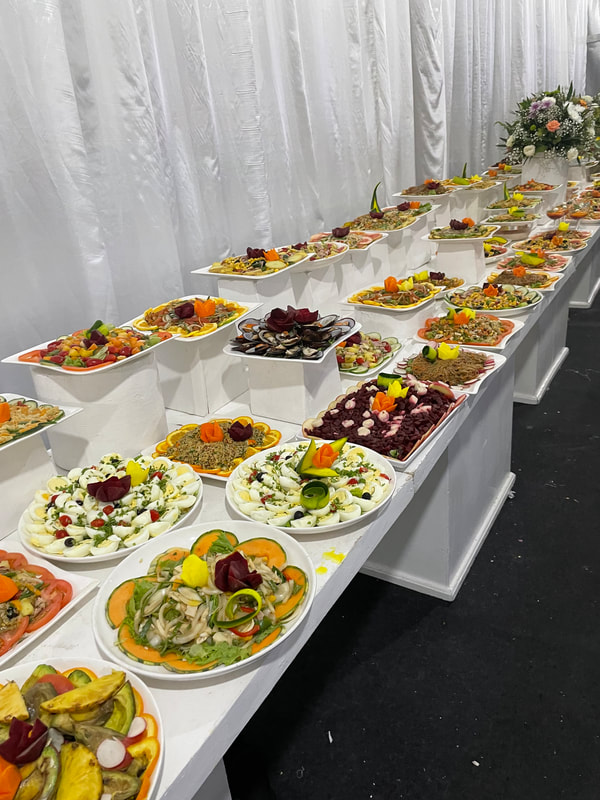

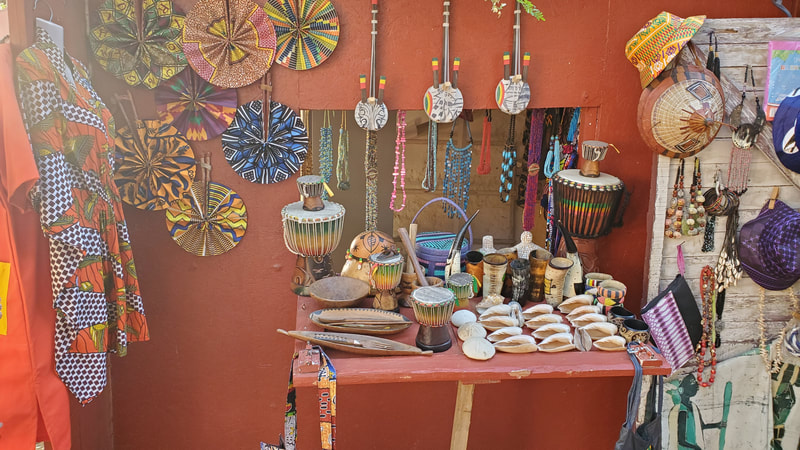
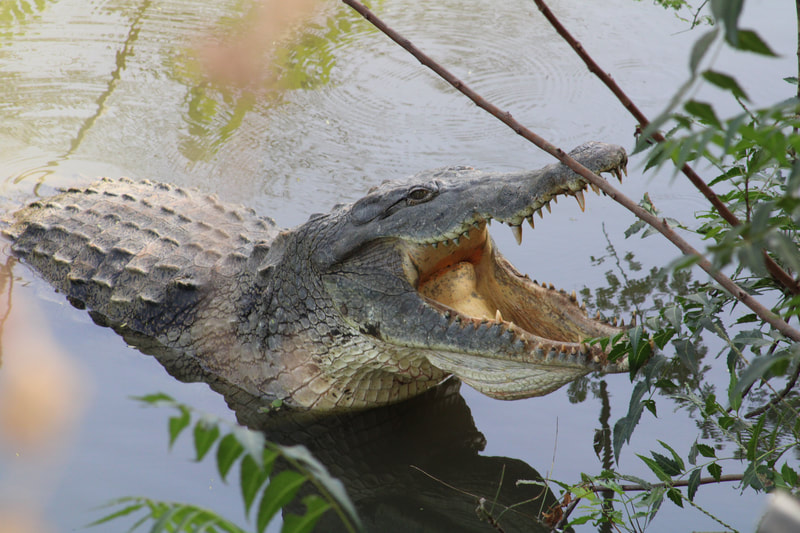
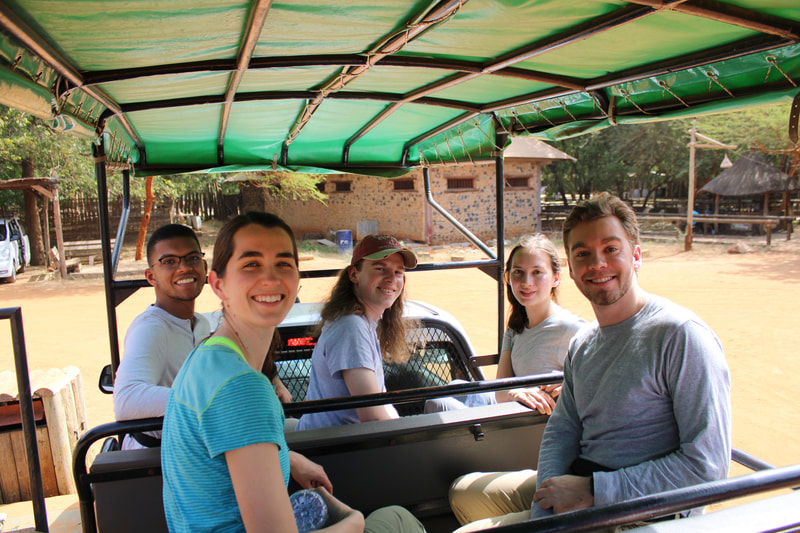
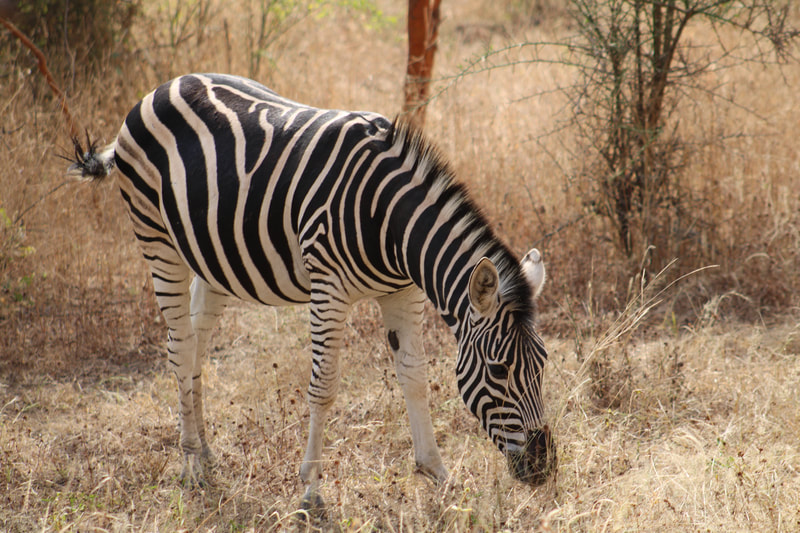
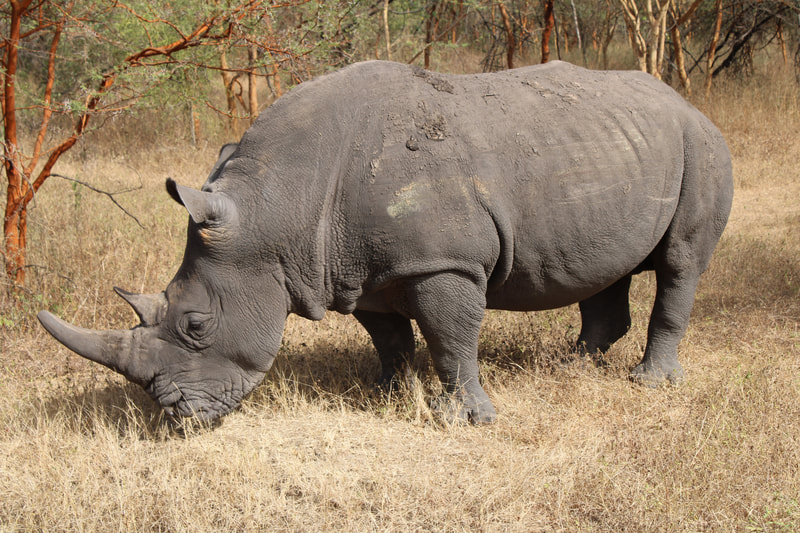
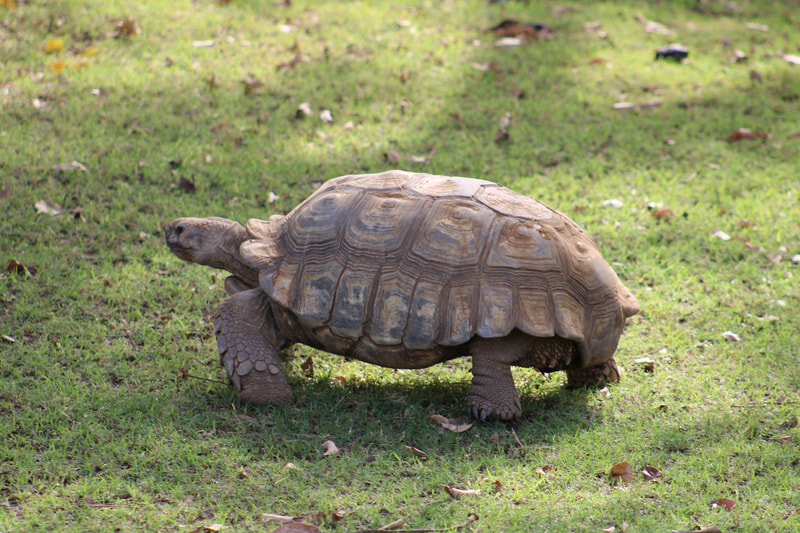

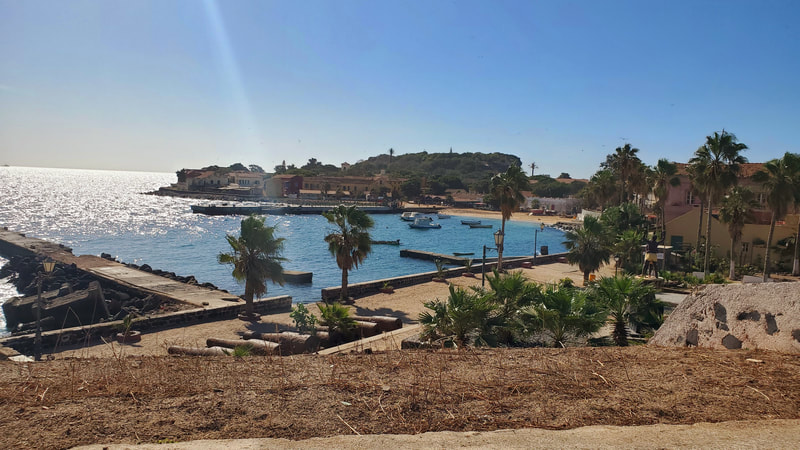
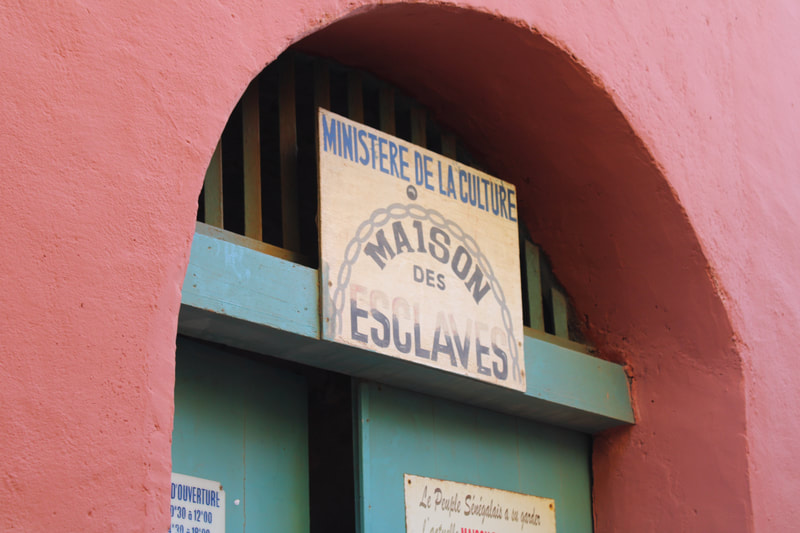
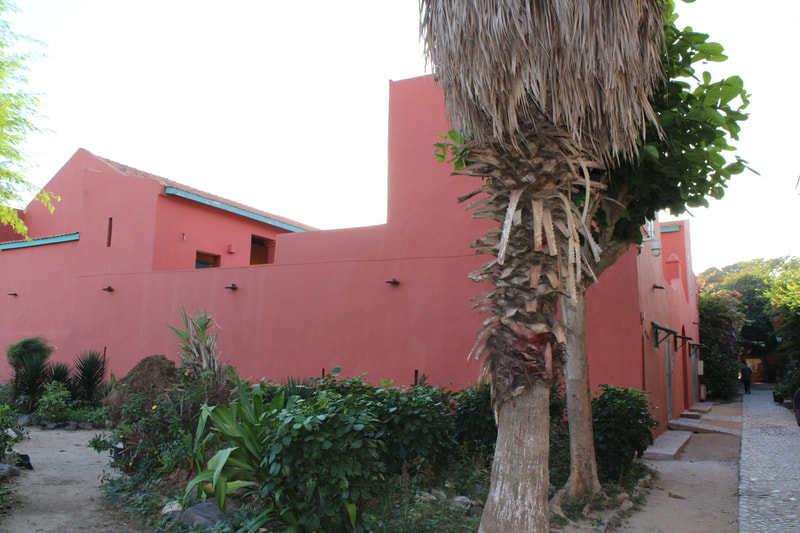
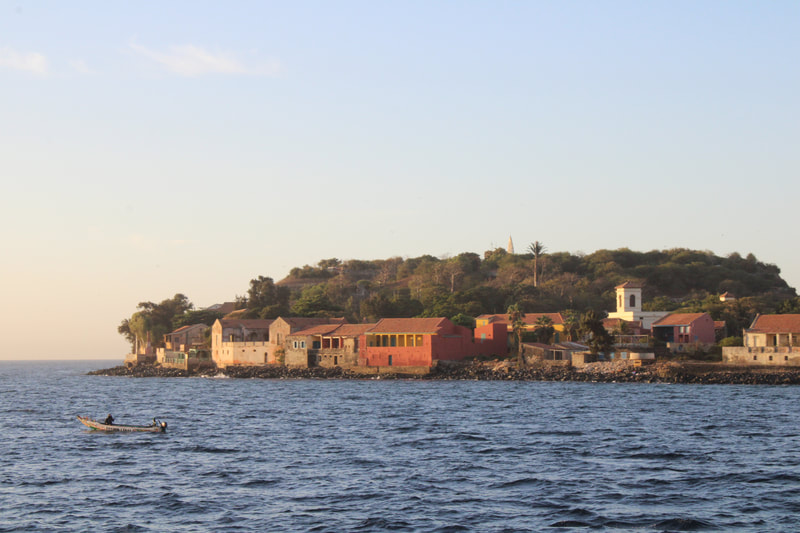
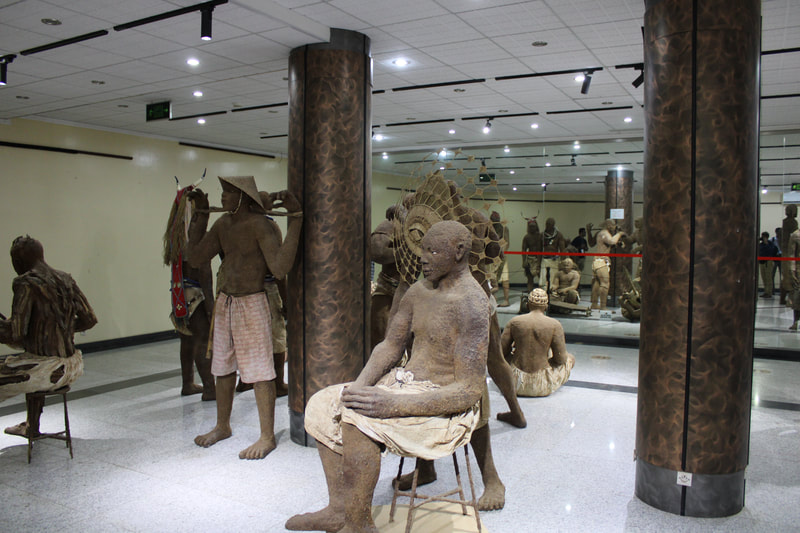
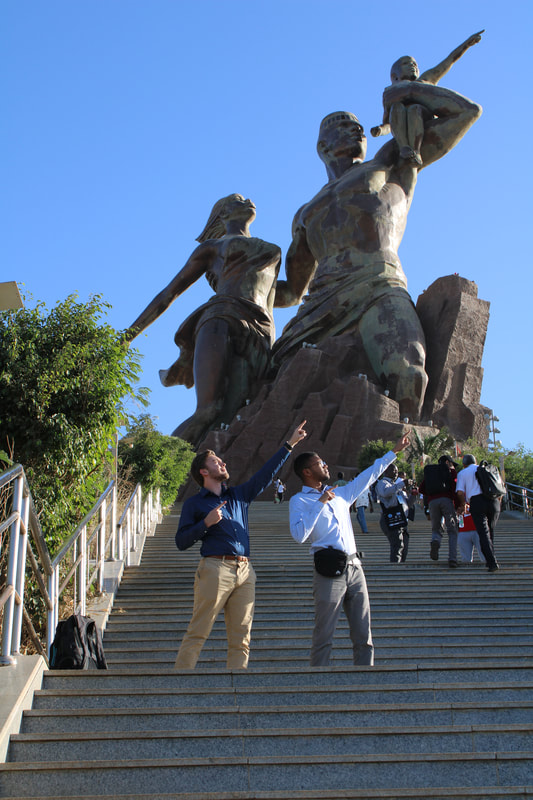
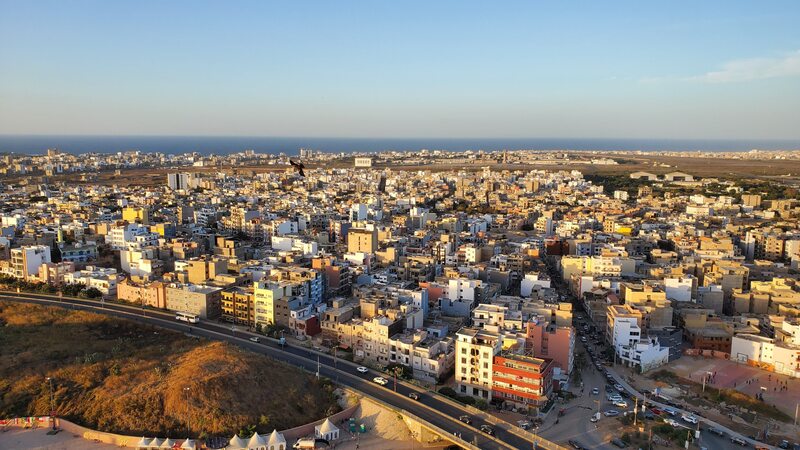
 RSS Feed
RSS Feed
